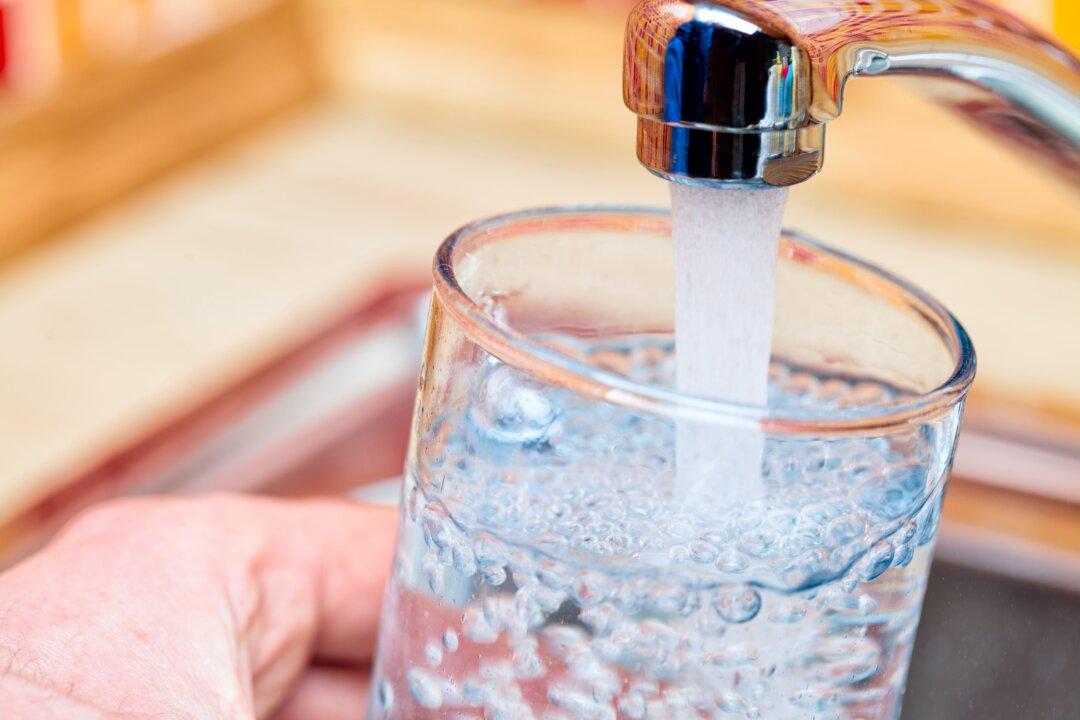Millions of Americans could be drinking lead-contaminated water according to a new survey by the Environmental Protection Agency (EPA). The agency’s seventh Drinking Water Infrastructure Needs Survey and Assessment (DWINSA) found an estimated 9.2 million lead service lines carrying water into homes nationwide.
“Every community deserves access to safe, clean drinking water,” EPA Administrator Michael S. Regan said in an April 4 press release.





